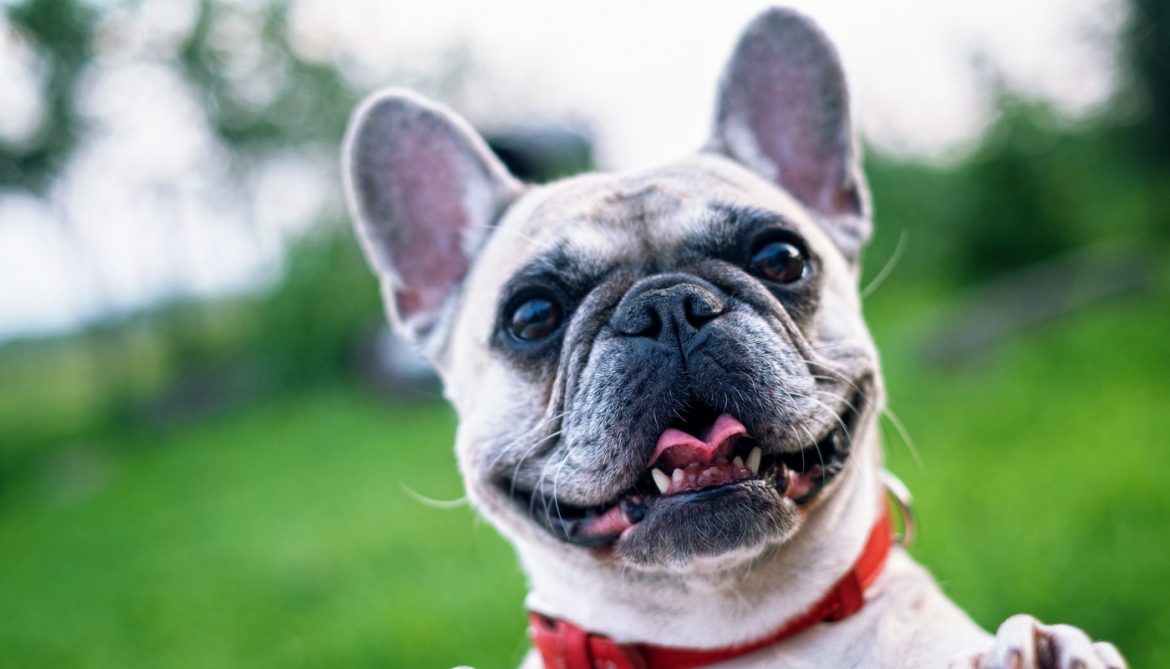Trouble seldom announces before arriving at the door. Such is the case with accidents and injuries. Accidents and injuries, although rarely expected, may occur anytime. Our pets are as likely to have an accident as we are ourselves. In this light, just the way, it is imperative for us to have first aid for ourselves, it is also necessary that we are equipped with appropriate first aid for our pets!
First Aid is an ignored aspect of pet health. Pet parents lay immense focus on grooming, nutrition and physical activity of their pets. But, maintaining a suitable pet first aid kit and being well versed with basic first aid procedures for pets is not always on their list. However, first aid can prove to be life saving for our pets in case of an unwarranted accident. First aid is an emergency procedure that is conducted upon sudden trauma or injury to the pet. First aid is often required to be administered immediately upon the occurrence of the trauma. It may or may not be administered by a veterinarian, rather by anyone who first observes the trauma caused to the pet. First aid for dogs comprises a first aid kit and certain basic first aid procedures, both of which are discussed below.
The Pet First Aid Kit
The pet first aid kit consists of basic items that can help in managing an open wound, induce vomiting and also protect the pet parent from dog bite in case of a pet who feels endangered in case of trauma. Here, we simplify the first aid items required for pets and their purpose.
Povidone – Iodine Solution (Popular brand is Betadine)
Flushing, cleaning and disinfecting a woundSpray the solution on the wound using a syringe, especially if the wound is deep. This may be done using a syringe.
Gauze, cotton, scissors, medical tape and gloves
Bandaging an open wound, preventing excessive blood loss by quickly sanitizing and tying up the wound.Clean the wound with the help of povidone-iodine solution as mentioned above.
Secure some cotton and gauze immersed in povidone-iodine over the wound and wrap it tightly with gauze.
3% hydrogen peroxide*
Induce vomiting in case pet has consumed something toxic like grapes, raisins or chocolates in large quantities and the veterinarian is out of reach. Vomiting should not be induced for short muzzled dogs as they may inhale vomiting into their lungs or in case the dog has ingested something corrosive such as household cleaner or any hydrocarbon such as gasoline.
Administer 1 to 2 ml per Kg of your dog’s body weight, orally. This will irritate the mouth and esophagus and induce vomiting in your dog.Please note that inducing vomiting should always be done after discussing with the veterinarian and in case the vet recommends immediate vomiting.
Syringe
To flush a deep wound with povidone iodine or to administer hydrogen peroxide to induce vomitingFor flushing wounds, fill in the syringe and spray over the wound.
For inducing vomiting, fill syringe and empty near the throat of the dog inside his mouth.
Saline Eye flush or Tear Gel
To clear your pet’s eye in case something gets stuck in your pet’s eyeSimply pour a few drops into your pet’s eyes and let the drops do their job!
Digital Thermometer
To check your dog’s temperature in case the pet is suspected to have a heat stroke or seems exhausted.Coat the thermometer with petroleum jelly or any coconut oil. Insert rectally about an inch and wait for the thermometer to beep.
Coconut oil/ Petroleum Jelly
To facilitate taking your dog’s temperature.To be used to lubricate the thermometer
Ice Packs
For giving cold compress to decrease swelling and inflammation in case of internal injury or a bee sting.Always keep ice packs in freezer. Take them out in need. Wrap them in a thin cloth and place over affected area.
Muzzle
To keep your dog from biting anyone in case the dog becomes frantic upon getting injured.Make sure the muzzle is clean and is cleaned after every use. The muzzle should be soft on skin and airy.
First Aid Procedures
Apart from first aid equipment, there are certain procedures that may come in handy at the time of emergency for your pet. In most cases, it is always a good idea to muzzle your dog before beginning any of the following procedures to protect yourself and your dear ones from an unwarranted bite from a traumatized dog. Some of these procedures are:
Pet suffering from a seizure: In case your pet suffers from a seizure of a convulsion, it is best to wrap your dog in a soft blanket and surround him with cushions to protect him from hitting himself on hard/ sharp objects. After the seizure, try to keep the pet as quiet and calm as possible.
Sudden Injury and Bleeding: Try to stop the bleeding by tying a tight knot with the help of a cloth of gauze immediately above the wound. Apply antibiotic ointment if possible, and wrap the wound. Rush to the vet immediately.
Administering artificial breathing: In an event that your dog stops breathing, shut your dog’s mouth using your hands and push air through his nostrils directly through your mouth. Do this repeatedly until his chest expands. When chest expands, continue doing so every 4-5 seconds.
In case of a Heat Stroke: Run cold water between your pet’s abdomen as well as the hind thigh. Wrap a wet towel around the pet’s neck and head, without covering the eyes, nose or mouth. Remove the towel, wet it again, wring it and re-apply. Repeat the procedure several times. Try to reach the vet asap.
Having a first aid kid and acquainting oneself with simple first aid procedures enable us to minimize risk to our pets. Yet, first aid measures alone are not enough. Your pet’s first aid kit should also hold contact numbers of at least two veterinarians who may be contacted in case of emergency!
,

